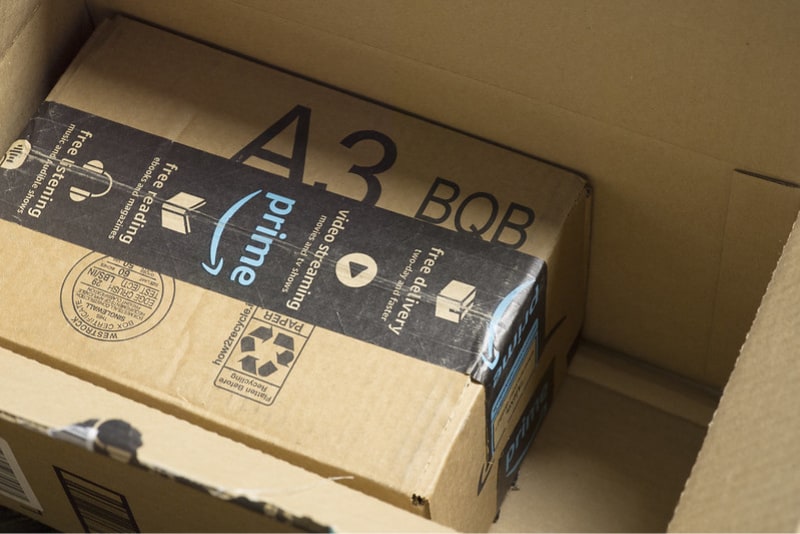The packaging industry has boomed in the 21st century to become an impressive economic powerhouse. And considering recent research into its market forecast, there is no slowing down for this growing industry. In 2019, the global packaging industry was valued at $917 billion and is expected to grow steadily at 2.8% to reach $1.05 trillion by 2024. Consumer purchasing trends are driving this growth, with an increased demand for more functional and aesthetically pleasing packaging across many industries.
Packaging has become an integral part of marketing efforts for businesses, especially those that only have e-commerce stores and ship all of their products. For leading manufacturers, the packaging that houses their products is just as important as the product inside. And to stay competitive in the packaging industry, it’s important to be aware of any upcoming trends.
Personalized Packaging
One of the most successful personalized packaging campaigns comes from Coca-Cola’s “Share a Coke” campaign, where the bottle labels had common first names on them. It suddenly seemed impossible to pass up purchasing a bottle if you saw your own name on it, even if you didn’t really have a craving to drink it.

This campaign grew Coca-Cola sales for the first time in 10 years when it rolled out, increasing sales by more than 2% overall. This packaging strategy makes people feel more connected to a brand and its product, giving them a customized product rather than a globally branded one. We all like to feel special—and Coca-Cola struck gold by realizing it.
More marketers and brands are utilizing this strategy in their campaigns to increase sales, including Anheuser-Busch, who partnered with the NFL to put team logos on cans in its corresponding cities. While this isn’t a specific name, it’s still a personal touch—Ravens fans can purchase Ravens beer in Baltimore and the Maryland area, for example.
The recent boom in personalized packaging has occurred in part due to the rise of digital printing, which happens to be our next trend.
Digital Printing
Digital printing allows packagers to utilize computer generation in their printing processes. In 2020, digital printing will monopolize the packaging market now that technology has built digital printers capable of producing high-quality final products similar to the quality of offset printing, at a fraction of the setup cost. Notably, digital printing is a cost-effective way to personalize your products and complete shorter runs.

Conventional presses will still have their place for a while, especially for large-volume print jobs, but digital printing opens up a whole new world of printing possibilities. Studies have shown that the demand for digital printing will continue to grow as the underlying technologies improve. Digital printing may be an initial investment for brands wanting to produce packaging in-house with new machinery, but those outsourcing to packaging experts will find digital printing to be more cost effective than traditional methods.
Using Recycled Materials
Reducing plastic waste and our reliance on non-biodegradable materials is on the top of everyone’s mind as we all work to reduce our collective carbon footprint. The packaging industry is no exception to this trend; previously excessive and careless packaging practices were often seen as an enemy of the sustainability movement. Now, the ability to utilize recycled materials—and build packaging with fewer resources in general—has allowed the packaging industry to join the sustainability movement as a friend, not a foe.
E-commerce giants like Amazon are actively working toward meeting waste-efficient packaging standards in 2020 and coming years. Reduce, reuse, and recycle is a mantra that many people live by—it’s become a key part of the global responsibility to improve our environment. As governments roll out new regulations and set new standards for reducing waste, recycled materials will become the new norm for the global packaging industry.

Creative Colors and Designs
There will always be a place for the simpler, one- or two-colored packaging designs. If your brand’s style will remain minimal, then this trend may not suit you perfectly. However, for many others, building more creative and colorful designs and styles has become increasingly popular over the last decade.

Marketers have noted that strong colors are more likely to quickly attract a person’s interest. This can make a sale for a product that’s packaged more minimally if it’s placed next to a brightly colored and uniquely shaped package on the shelf. We anticipate that 2020 will see more bold and colorful packaging trends that go hand-in-hand with playful graphics and eye-catching designs. From new logo designs to simple labels directly on a package, this trend is proving that bolder is better.
Getting Started
Not every trend is going to work for your business. In fact, careless experimentation could do more damage to your brand if it doesn’t quite fit your niche. It’s more important to take note of all these 2020 packaging trends and find the right one for you—something that will help your products and brand jump off the shelves in a way that communicates your mission and voice.
If you’re interested in learning more about the future of packaging or getting started on your next packaging concept, contact our team of experts. We’re eager to guide you in the right direction—from the dream board to production and your customer’s front steps, the Zenpack team can build the ultimate in 2020 packaging for your brand.
If you want to know more about Zenpack’s services
Let our packaging consultants help you turn your idea into reality.


